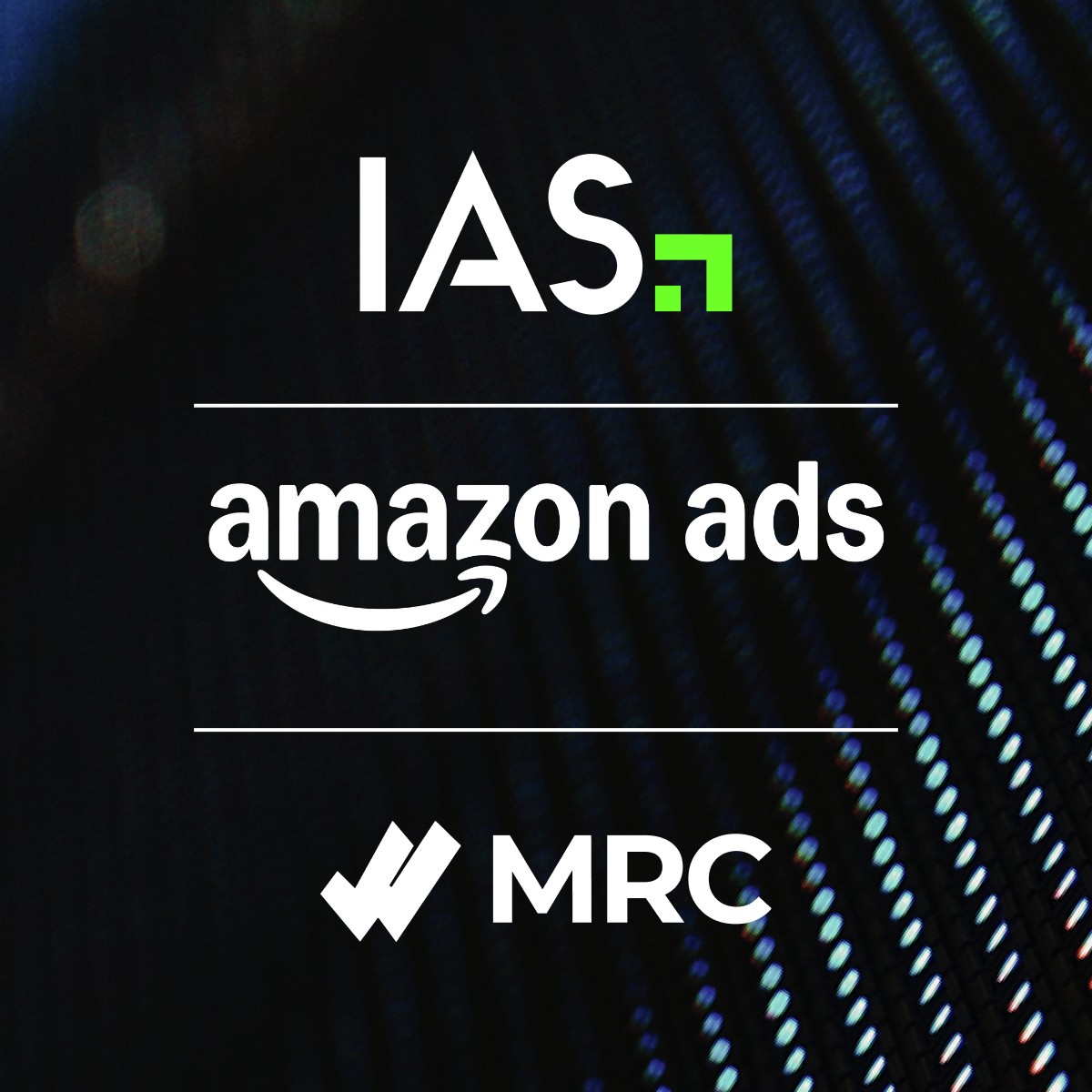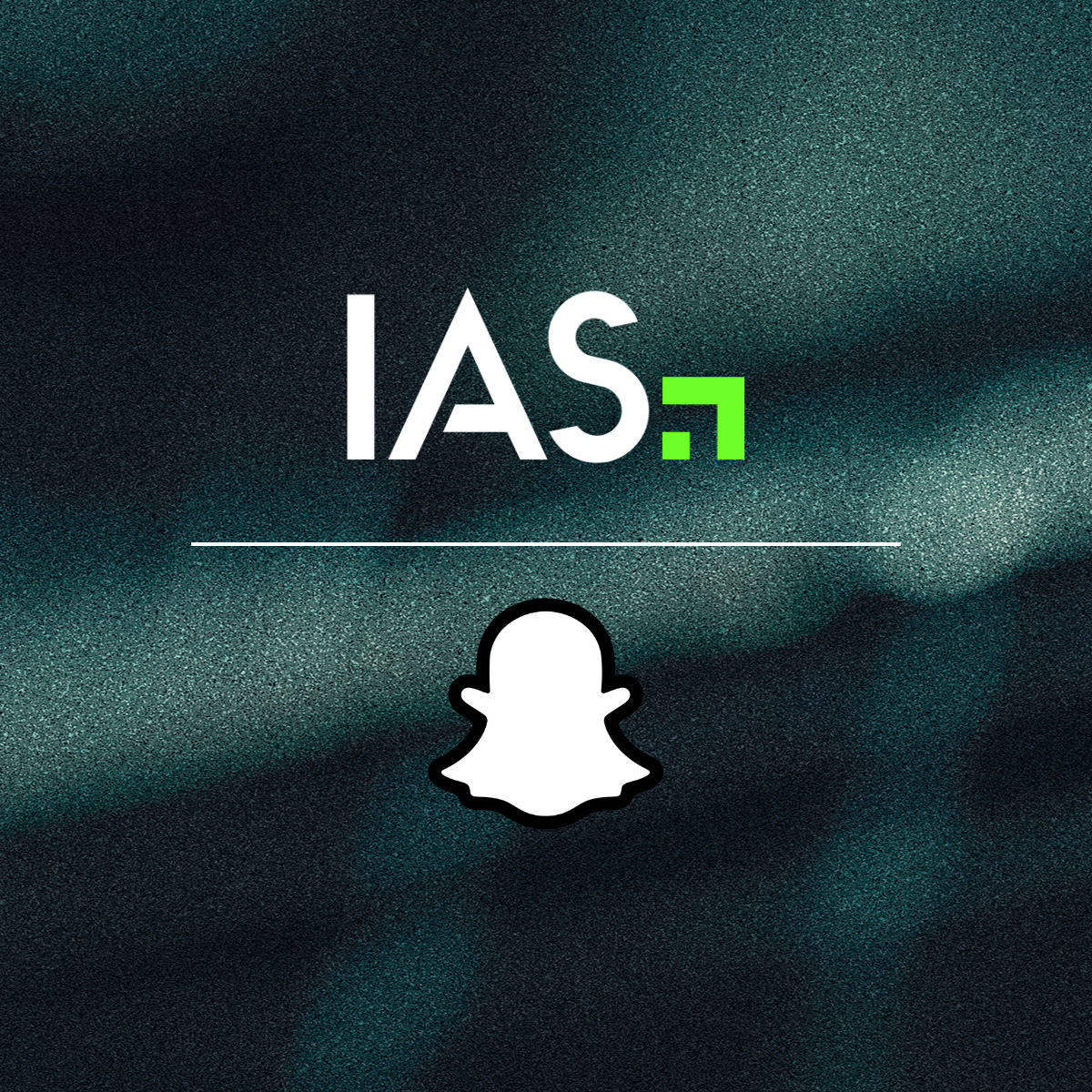In our recent “Protect your brand” webinar we received a lot of great questions about the different aspects of brand safety. (If you missed it, you can access the recording here.) In this blog post, we’re answering your questions around the different brand safety challenges found in programmatic channels and publisher direct buys.
Is there higher risk to brand safety when buying through programmatic channels, through networks and exchanges, versus publisher direct?
The risk posed to brands in inventory sourced via programmatic channels and via publisher direct varies by country, as highlighted in the IAS H2 2016 U.K. Media Quality Report.

This level of risk in both publisher direct and programmatic buys depends on which supplier you’re using and the inventory being sourced. There may be cases where certain publishers represent a high level of brand risk, but then on the other hand there are publishers that represent a low level of brand risk. This is also true for programmatic. On the whole programmatic inventory, due to its vast scale, represents more inventory that may pose a risk to brand advertising than inventory sourced direct from publishers. There are tools available that can help address the risk in both programmatic and direct buys. In programmatic channels, the use of pre-bid targeting segments help buyers to target away from brand risk before ever placing a bid. In direct buys, blocking is an effective tool to stop ads from appearing on pages with risky content. Ultimately, the level of risk will be determined by a campaign’s media mix and the way in which inventory is sourced.
Can impressions be blocked in both direct and programmatic buys?
Yes, in both instances, there are tools to stop ad impressions from serving on pages with risky content. You can use both pre-bid targeting and blocking technology, whether that be together, or individually. For example, buyers may not only use pre-bid targeting segments to target away from high risk content, but also they can implement a blocking tag as well. This can be done to ensure an extra safeguard for when the ad serves. The blocking tag is there just in case the ad does not serve as expected or if there is any content that would not be captured by the pre-pid category segments, i.e. competitor or regulatory concerns. The blocking tag will stop the ad from serving, and in doing so, will further protect the brand in line with the parameters they have set. Employing both tools is not always an ideal solution as it can impact the efficiency of pre-bid targeting. However, often brands require that additional layer of protection.
 Share on LinkedIn
Share on LinkedIn Share on X
Share on X


